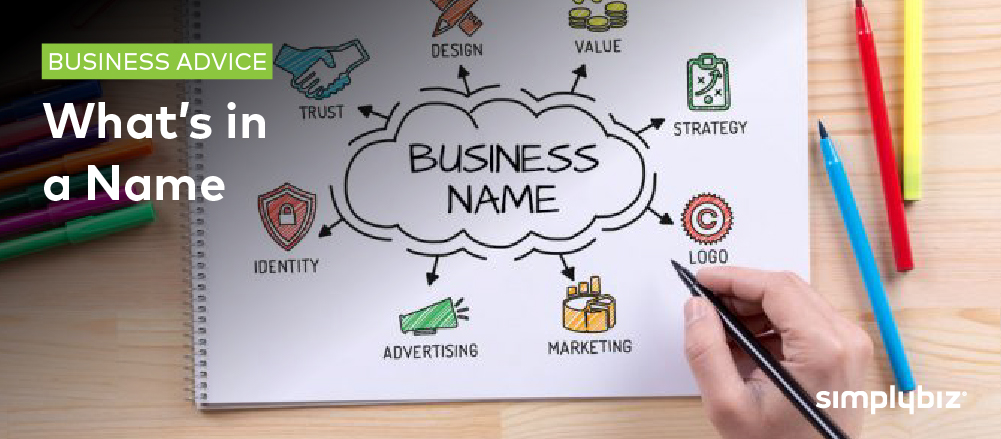
Ask any new parent-to-be and they will tell you that choosing a name is fraught with considerations: will it clash with the surname or worse still be the source of constant teasing in the playground; will it please the ancestors and both sides of the family and so on. Equally, your startup business name has to be carefully thought through and tested before you register it and spend a fortune on branding. There are marketing, legal, branding and cost factors to be weighed.
When you are brainstorming ideas for names, consider the following questions:
- Who is your audience? (Apart from potential customers –how will your business name come across to suppliers, your industry, the media and in social media?)
- What message do you want to send with your business name? (Informative, formal, fun?) What do you want people to think and/or feel when they see your business name?
- What are the names of your competitors? What do you like and dislike about those business names? You can broaden this exercise by simply looking at business names around you and deciding what works or doesn’t…and most importantly why.
Checklist for Choosing the Right Name:
- Unique and easy to remember?
The trick here is to stand out, while still managing to convey what it is your business does, e.g. “JA Consulting” is bland, forgettable and unhelpful, whereas, “LawnPro” is catchy and it’s easy to work out what they do.
Avoid:
- Awkward mashes of words and adjectives e.g. “Pizzasuprema”, these can be hard to spell and may come across as cheesy.
- Obscure and clever puns that may leave people confused
- Acronyms
- Non-words – Google & Yahoo are exceptions that prove the rule, but it is safer to use actual words that cue people into the goods and services offered by the business.
- Numbers and hyphens lead to confusion, especially on the Internet.
- Short and simple?
- Avoid anything that can be misspelt or mispronounced. This is particularly important in terms of your “google-ability”. Replacing a ‘s’ with a ‘z’ may be cool but not necessarily helpful. “Creative Web Design and Development” says exactly what you do but it is too long and boring, whereas, “.COZA Web Design” is effective and easy to recall.
- Short and to the point names are easier to remember, easier to search on the Internet and cheaper when it comes to branding. The same applies to logo design and colour – less really is more. Think of the size of a business card or how the name will look printed on a cap.
- Consider your message and the emotion you wish to convey, e.g. if you are starting a delivery business, reliability would be a positive message, so something like “OnTime Deliveries” would work.
- Available?
Ensure that the name you have chosen is not trademarked, copyrighted or in use by another company. Ideally, your business name and the internet domain name should be the same. The moment you have a short list of names, check if they are already registered with the CIPC and as domain names. (Various websites assist with selecting domain names and registering them.) For brand continuity, your business name, the domain name and the various social media handles should be the same or similar.
- Geographically relevant?
Mentioning the geographical location may be a boost or it may box you in. If your business is a local Bed & Breakfast, then it is advisable to use the name of the village or town in the business name, e.g. Hilton B&B is logical and easy to find. However, Gallo Manor Locksmiths is potentially limiting should the business grow.
- Test it then register it!
Test the name on family, friends and potential customers. If they like it, can remember it and they can spell it, then act fast and register it before someone else does!

1 comment
Hi I'm Thulo thank you